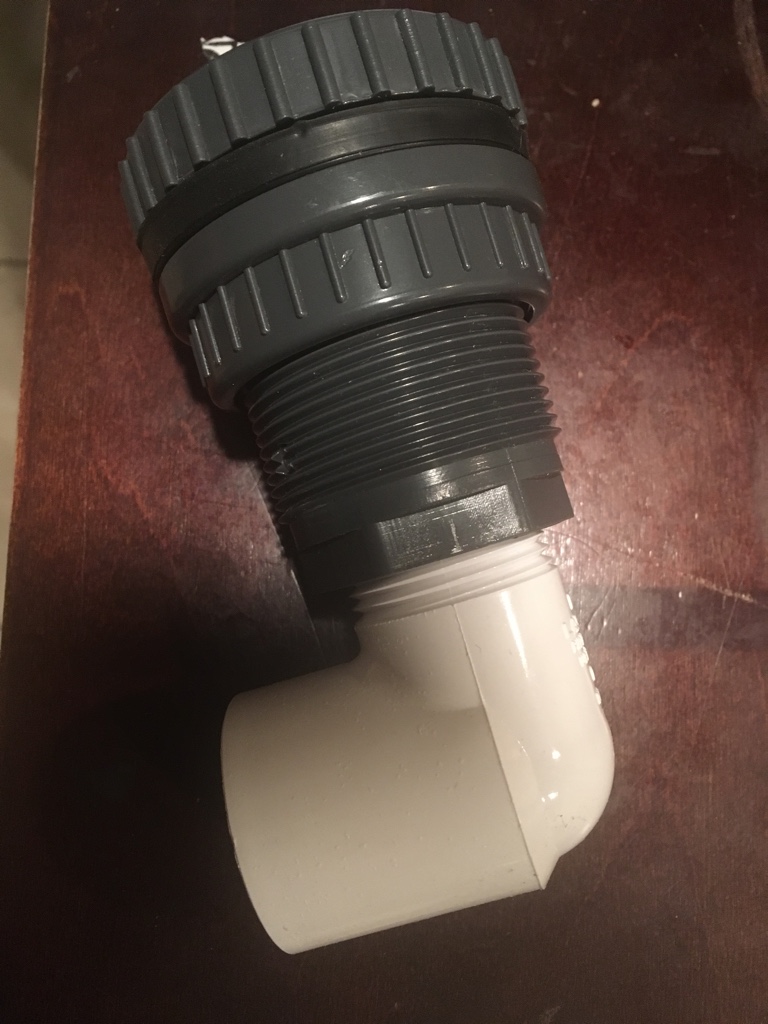I don't know if it's just me but I constantly have fittings from home depot/lowe's and so on where the threads only go in a thread then jam. Not anywhere near completely seated into the female fitting. I seem to notice that most with male reducing bushings into female reducing bushings. Which I use as bulkheads. I have also observed the same issues in normal male to female fittings as well.
I seem to get it working but was wondering if this is normal. The fittings are all the same schedule and the common white fittings.
TIA
I seem to get it working but was wondering if this is normal. The fittings are all the same schedule and the common white fittings.
TIA


















